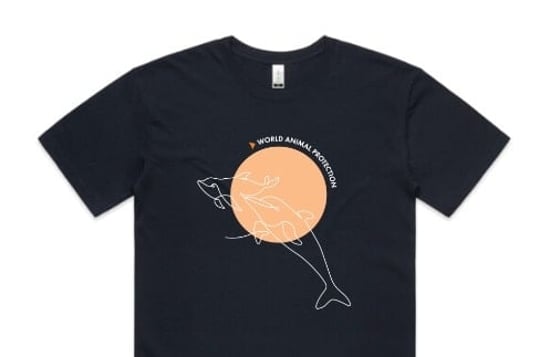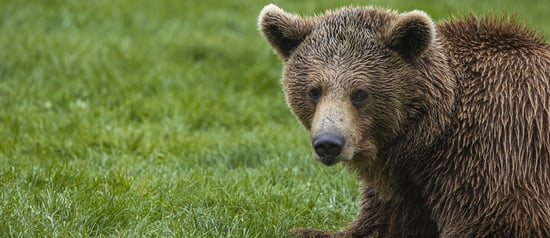
Show your love for animals this Valentine’s Day
News
With Valentine’s Day around the corner, let’s look at the animals that love unconditionally.
Valentine’s Day is a time to say “I love you” to the ones closest to you and spend the day showing your emotions, be it through flowers, chocolates, or simply a hug.
It may come as a surprise that farm animals can also share some of these same types of emotions and sensations. They may not necessarily form the words, I love you, but scientific research has shown that animals are sentient beings that feel positive and negative emotions such as joy, pleasure and pain.
Many forms of love
- Animals need love and support, too. Social support among farm animals can help improve their physical and psychological welfare (Rault, 2012).
- Apparently, animals can also be prey to judging on looks alone: Chickens agree with humans on the attractiveness of men and women 98% of the time (Ghirlanda et al., 2002).
- Grief is not only felt by humans. Elephants, too, mourn the death of a loved one, and have been seen to form a circle around an elephant hit by a dart during radio-collar programmes. When an elephant was dying, both related and non-related elephants showed helping behaviour and exhibited what was thought to be compassion and concern (Douglas-Hamilton et al., 2006).
- As anyone with a dog will know, empathy can be found in animals. Dogs show a greater emotional response to humans when they cry, compared to when they talk (Custance et al., 2012).
- But then, so is jealousy. Research has shown that dogs express jealousy when their owners display affectionate behaviour towards other dogs (Harris & Prouvost, 2014).
- Animals form emotional attachments. Following the death of his sister, an 18-year-old captive brown bear only slept for a third of the time he did when his sister was alive; and spent more time inactive. It is likely the two had developed a close bond, and the loss was greatly felt (Mattellio et al., 2014).
- They even have courting rituals. Whales, for example, cross their flippers when courting (Bekoff, 2014).
Thank you for sharing our love of animals on Valentine’s Day and on every other day!
References and further reading
Rault, J.L (2012). Friends with benefits: Social support and its relevance for farm animal welfare. Applied Animal Behaviour Science, 136(1), 1-14.Ghirlanda, S., Jansson, L., & Enquist, M. (2002). Chickens prefer beautiful humans. Human Nature, 13(3), 383-389.Douglas-Hamilton, I., Bhalla, S., Wittemyer, G., & Vollrath, F. (2006). Behavioural reactions of elephants towards a dying and deceased matriarch. Applied Animal Behaviour Science, 100, 87-102.Custance, D.M., & Mayer, J. (2012). Empathic-like responding by domestic dogs (Canis familiaris) to distress in humans: an exploratory study. Animal Cognition, 15(2), 851-859.Mattiello S, Brignoli SM, Cordedda A, Pedroni B, Colombo C, Rosi F (2014) Effect of the change of social environment on the behavior of a captive brown bear (Ursus arctos). Journal of Veterinary Behavior: Clinical Applications and Research 9:119–123.Harris, C. R., & Prouvost, C. (2014). Jealousy in Dogs. PloS one, 97(7), e94597.Bekoff, M. (2000). Animal Emotions: Exploring Passionate Natures: Current interdisciplinary research provides compelling evidence that many animals experience such emotions as joy, fear, love, despair, and grief—we are not alone. BioScience 50 (10): 861-870.
Thank you for sharing our love of animals on Valentine’s Day and on every other day!
Shop merchandise
Browse our range of merchandise, including apparel for adults and kids. Profits from these products could help protect animals everywhere.
Our work
We're working in Australia and around the world to end the needless suffering of animals by inspiring people to change animals’ lives for the better.




